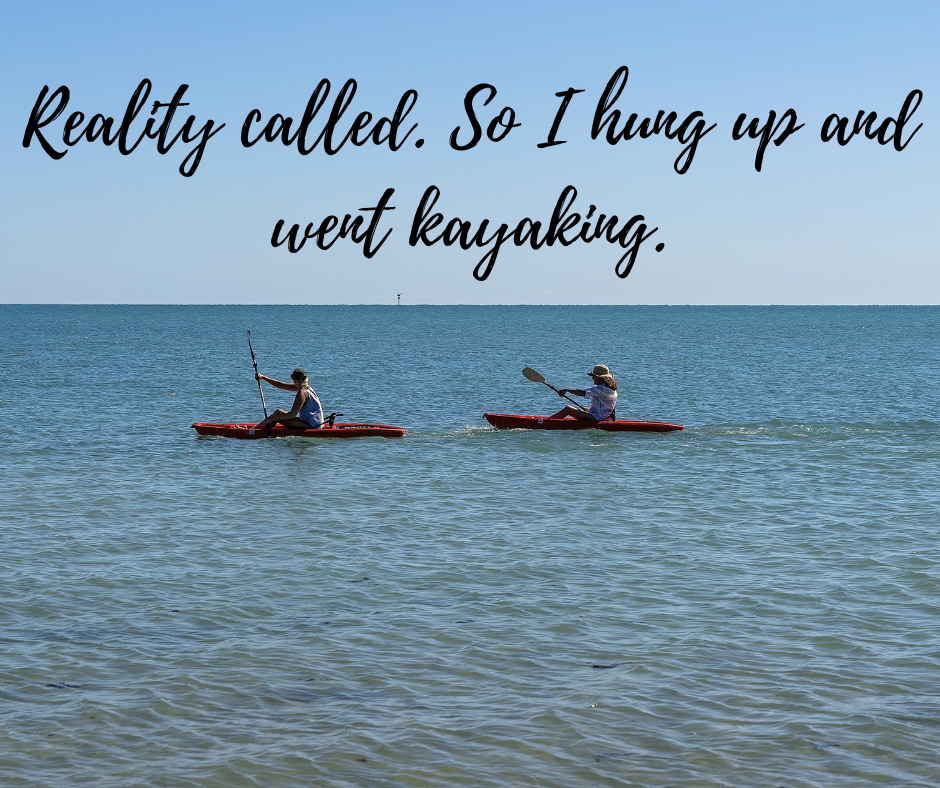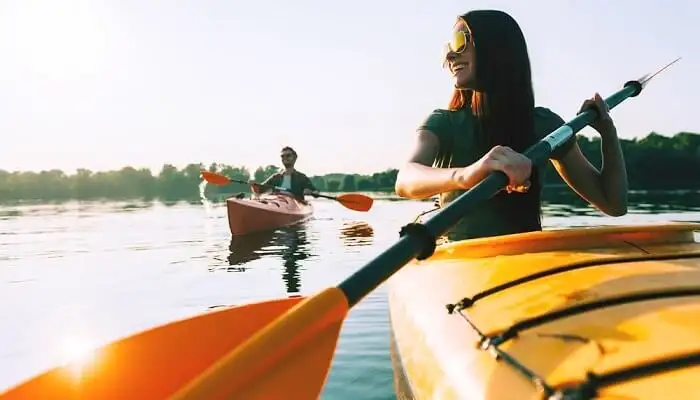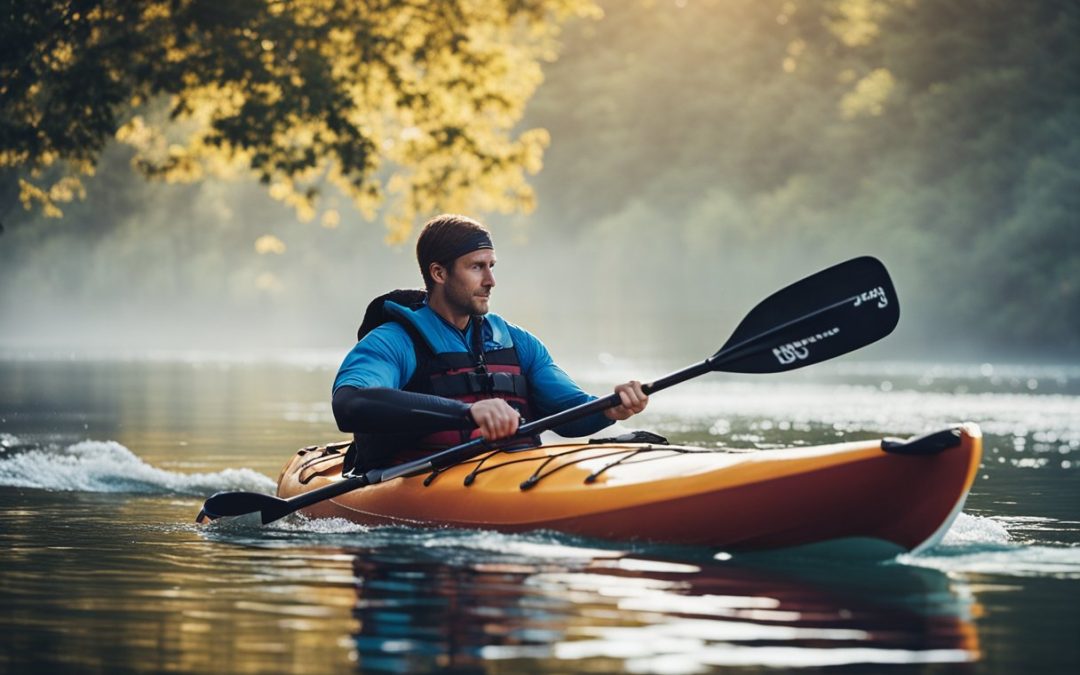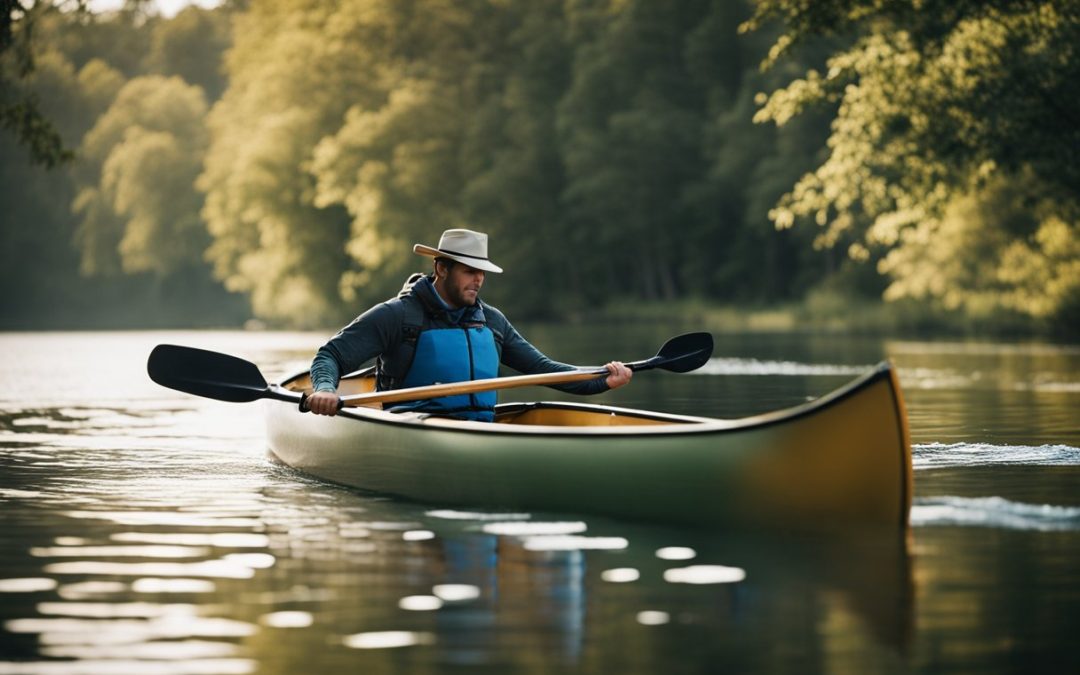Best Winter Kayaking Techniques and Tips: Expert Advice for a Safe and Enjoyable Experience
Winter kayaking can be a thrilling and rewarding experience, but it also comes with challenges. However, kayakers can safely and comfortably enjoy the winter wonderland from the water with proper preparation and technique. This article will provide some of the best winter kayaking techniques and tips to help paddlers navigate the colder months.
Understanding winter kayaking is essential for any paddler looking for a challenge. The colder temperatures and harsher weather conditions require a different approach to kayaking than in warmer months. Proper gear, including dry suits, gloves, and hats, is necessary to stay warm and dry. Additionally, paddlers must be aware of the risks associated with winter kayaking, such as hypothermia and icy waters.
To help paddlers navigate the unique challenges of winter kayaking, this article will provide essential techniques and safety tips. Choosing the right equipment, including the best kayak and paddles for winter conditions. Furthermore, selecting the right winter kayaking destinations can make all the difference. By following the advice in this article, paddlers can safely and confidently enjoy the beauty of winter kayaking.

Key Takeaways
- Proper preparation and technique are essential for safe and comfortable winter kayaking.
- Understanding the unique challenges of winter kayaking is crucial, including gear, risks, and weather conditions.
- Choosing the right equipment and destinations can make all the difference in enjoying winter kayaking.
Understanding Winter Kayaking
Winter kayaking is a unique and challenging experience that requires proper preparation and technique. While many kayakers prefer to paddle during the warmer months, winter kayaking can offer a peaceful and secluded experience on the water.
Unique Challenges of Winter Kayaking
Winter kayaking presents various challenges that are absent during warmer months. The most significant challenge is the cold water and air temperatures, which can quickly lead to hypothermia if proper precautions are not taken. Additionally, winter weather can be unpredictable, with sudden wind, snow, and ice changes. Kayakers must be prepared for these conditions and have the necessary gear to stay safe on the water.
Another challenge of winter kayaking is the reduced daylight hours. With shorter days, kayakers must plan their trips accordingly and ensure they have appropriate lighting for visibility.
Benefits of Winter Kayaking
Despite the challenges, winter kayaking offers several benefits, making it a worthwhile experience for many kayakers. One of the most significant benefits is the peacefulness and seclusion of the water during the off-season. With fewer people on the water, kayakers can enjoy a more serene experience.
Winter kayaking also offers unique landscape views, with snow-covered trees and ice formations creating a beautiful winter wonderland. Additionally, winter kayaking can be a great way to stay active and enjoy the outdoors during the colder months.
Winter kayaking requires proper preparation and technique, but it can offer a unique and rewarding experience for those willing to brave the cold temperatures.

Essential Winter Kayaking Techniques
When kayaking in winter, preparing for the cold weather and icy waters is crucial. Here are some essential winter kayaking techniques to ensure a safe and enjoyable experience.
Paddling in Cold Weather
Paddling in cold weather requires proper clothing to stay warm and dry. Dressing in layers is key to regulating body temperature and preventing hypothermia. A dry suit is recommended to keep the body dry and warm. It’s also important to wear a PFD at all times.
In addition to clothing, staying hydrated and fuelled with high-energy snacks is important. Cold weather can dehydrate the body quickly, so bring a thermos of warm fluids and drink frequently.
Navigating Icy Waters
Navigating icy waters requires extra caution and skill. Before heading out, check the weather forecast and ice conditions. Avoid paddling in areas with thin or unstable ice.
When paddling in icy waters, it’s important to maintain a slow and steady pace to prevent capsizing. Use a low-angle paddle stroke to reduce the risk of splashing water onto the kayak, which can freeze and make the kayak heavier.
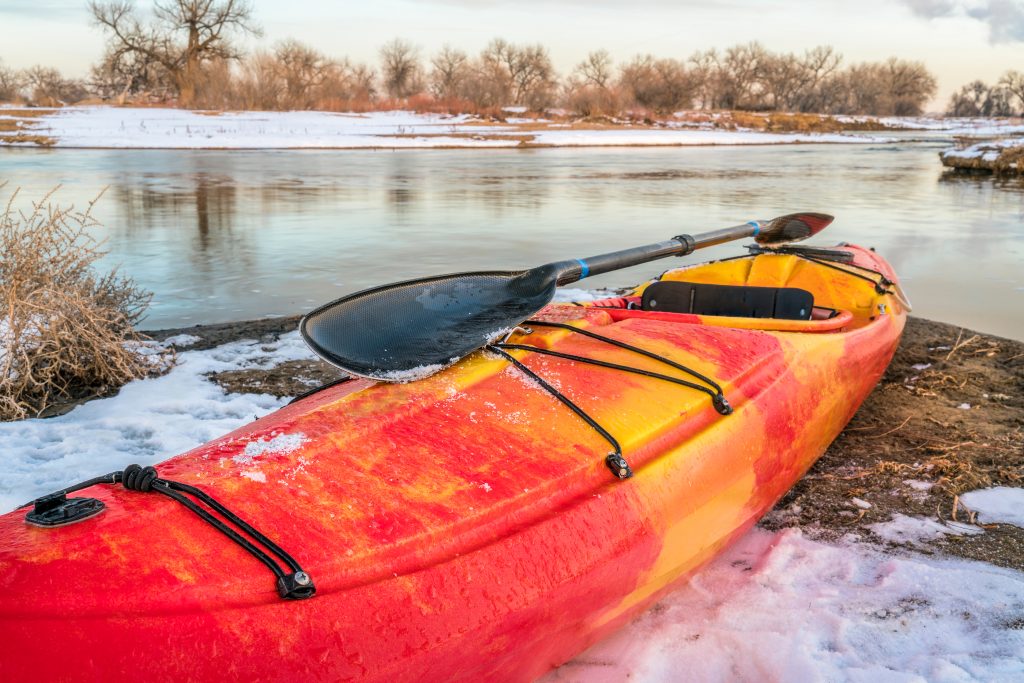
Handling Wind and Waves
Winter weather can bring strong winds and waves, making kayaking more challenging. It’s important to know the wind direction and plan the route accordingly. Paddling into strong headwinds can be exhausting, so paddling with the wind at your back is better.
When paddling in waves, maintain a low center of gravity and keep the kayak perpendicular to the waves. Use a high-angle paddle stroke to power through the waves. If the waves are too large, staying close to shore or avoiding paddling altogether is best.
By following these essential winter kayaking techniques, paddlers can enjoy a safe and enjoyable experience on the water.
Safety Tips for Winter Kayaking
Winter kayaking can be a beautiful and serene experience, but it’s important to take safety precautions to avoid accidents and injuries. Here are some essential safety tips for winter kayaking:
Dressing Appropriately
One of the most important aspects of winter kayaking is dressing appropriately. It’s important to dress in layers to stay warm and dry. A base layer made of moisture-wicking material will help keep sweat away from the skin, while an insulating layer will provide warmth. A waterproof and breathable outer layer will protect against wind and water.
It’s also important to wear a hat and gloves to keep the head and hands warm and waterproof boots to keep feet dry. A neck gaiter or scarf can protect the neck and face from wind and cold.

Hypothermia and Cold Water Immersion Awareness
Hypothermia is a serious risk when kayaking in cold weather. It occurs when the body loses heat faster than it can produce, leading to a dangerous drop in body temperature. Symptoms of hypothermia include shivering, confusion, and loss of coordination.
Cold water immersion is another danger of winter kayaking. Falling into cold water can cause a shock response, leading to rapid breathing, increased heart rate, and loss of muscle control. It’s important to be aware of the risks of cold water immersion and take precautions to avoid it.
Emergency Preparedness
It’s important to be prepared for emergencies when winter kayaking. This includes carrying a first aid kit, knowing how to use it, and carrying a whistle and signaling device in an emergency. It’s also important to let someone know where you are going and when you plan to return in case of an emergency.
In addition, it’s important to be aware of the weather conditions and water temperature before heading out and to avoid kayaking in conditions that are too dangerous. Always carry a spare set of dry clothes in case you get wet, and consider taking a kayaking course to learn more about safety techniques and emergency preparedness.
Choosing the Right Equipment
Regarding winter kayaking, having the right equipment is crucial to ensure a safe and enjoyable experience on the water. Here are some important factors to consider when selecting your gear.
Selecting a Winter-Proof Kayak
The type of kayak you choose will depend on your personal preferences and the conditions you’ll be paddling in. However, for winter kayaking, opting for a sit-inside kayak that will protect your lower body from the cold water and wind is best. Look for kayaks with a large cockpit that can accommodate extra layers of clothing. Additionally, kayaks made from durable materials such as polyethylene or fiberglass will better suit cold weather conditions.
Importance of Paddle Choice
Choosing the right paddle is just as important as selecting the right kayak. For winter kayaking, using a paddle with a larger blade surface area is recommended, as this will provide more power and control in cold, choppy waters. Additionally, paddles made from lightweight materials such as carbon fiber or fiberglass will reduce fatigue and strain on your arms during longer paddles.
Essential Gear for Cold Weather
In addition to a winter-proof kayak and paddle, several other pieces of gear are essential for cold-weather kayaking. These include:
- A drysuit or wetsuit to keep you warm and dry in cold water
- Insulated gloves and booties to protect your extremities from the cold
- A spray skirt to keep water out of the cockpit
- A personal flotation device (PFD) to ensure your safety on the water
- A whistle and signaling device in case of emergency
It’s also important to dress in layers and bring extra clothing in case of unexpected weather changes. You can enjoy a safe and comfortable winter kayaking experience by selecting the right equipment and gear.
Winter Kayaking Destinations
When it comes to winter kayaking, choosing the right destination is crucial. Not all locations are suitable for winter kayaking; some may even be dangerous. In this section, we’ll look at the best locations for winter kayaking and how to assess a location’s safety.
Best Locations for Winter Kayaking
One of the best locations for winter kayaking is Alaska. The state’s cold, clear waters offer a unique kayaking experience that can’t be found anywhere else. Kayaking among icebergs is a popular activity in Alaska, and it’s possible almost year-round. Another great location for winter kayaking is Norway. The country’s crystal-clear icy waters and snow-capped fjords offer a stunning backdrop for kayaking.
For those who prefer warmer waters, Florida is a great option. The state’s mild winter climate makes it a popular destination for kayaking year-round. The Florida Keys, in particular, offer a unique kayaking experience with their shallow, clear waters and abundant marine life.
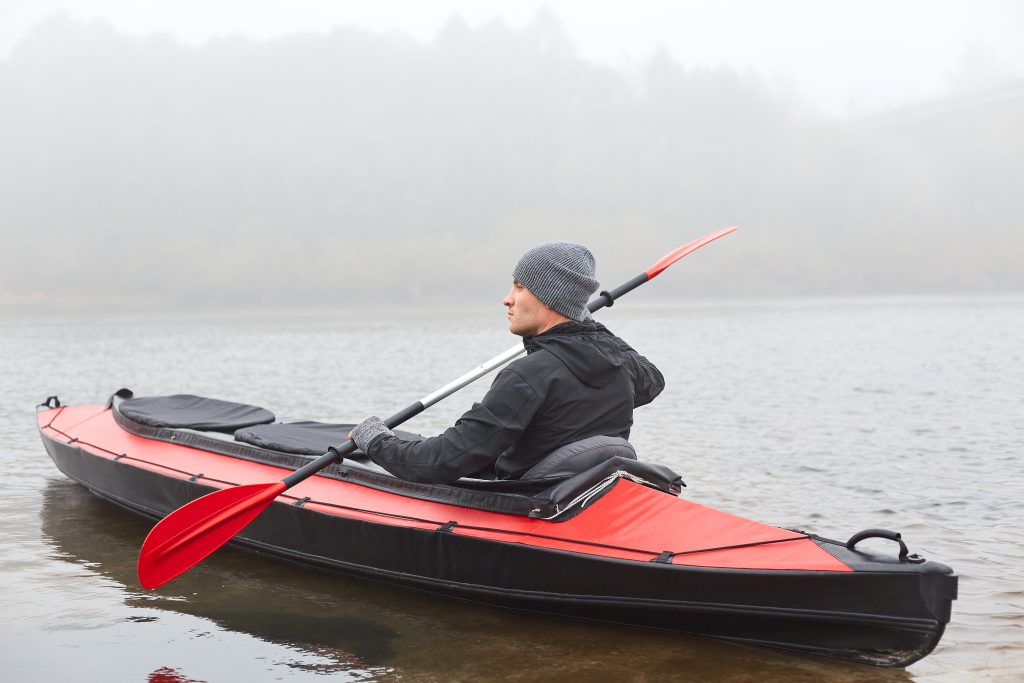
Assessing a Location’s Safety
When assessing a location’s safety for winter kayaking, several factors must be considered. The first is the water temperature. Cold water can be dangerous, and kayakers should always wear appropriate gear to protect themselves from hypothermia.
The second factor to consider is the weather. Winter weather can be unpredictable, and kayakers should always check the weather forecast before heading out. Strong winds and rough waves can make kayaking dangerous, so choosing a location with calm waters is important.
Finally, kayakers should consider the location’s accessibility. Some locations may be difficult to access in the winter due to snow or ice. Kayakers should choose a location that is easy to get to and has appropriate facilities, such as parking and restrooms.
By considering these factors, kayakers can choose a safe and enjoyable location for winter kayaking.
Frequently Asked Questions
What are some essential pieces of gear for winter kayaking?
When kayaking in cold weather, having the right gear to keep you warm and safe is essential. Some essential gear for winter kayaking includes a drysuit, a neoprene hood, gloves, boots, and a personal flotation device (PFD). A dry suit is particularly important as it will keep you dry and warm, even if you capsize in cold water.
What are some tips for staying warm during winter kayaking?
Staying warm while winter kayaking is crucial for your comfort and safety. Some tips for staying warm include wearing layers of clothing, including a base layer, mid-layer, and outer layer. It is also important to wear a hat and gloves to keep your head and hands warm. You can also use hand or foot warmers to keep your extremities warm.
What should I look for when choosing a dry suit for kayaking in cold weather?
When choosing a dry suit for kayaking in cold weather, it is important to look for a suit made from high-quality materials that are waterproof and breathable. You should also look for a suit with a good fit, allowing for ease of movement and comfort. Additionally, consider the type of kayaking you will be doing and choose a suit appropriate for the conditions.
Can you recommend a dry suit for kayak fishing in winter?
Many great dry suits on the market are suitable for kayak fishing in winter. Some popular options include the Kokatat Gore-Tex Meridian Drysuit, the NRS Extreme Drysuit, and the Stohlquist Amp Drysuit. Choosing a dry suit that fits well and is appropriate for the conditions you will be kayaking in is important.
What are some good kayaks for both river and sea kayaking?
When looking for a kayak suitable for both river and sea kayaking, it is important to choose a versatile kayak that can handle various conditions. Some good options include the Wilderness Systems Tsunami 145, the Dagger Stratos 14.5 L, and the Perception Expression 14.5. Choosing a kayak appropriate for your skill level and the conditions you will be kayaking in is important.
How can I improve my technique for kayaking in cold weather conditions?
Improving your kayaking technique in cold weather involves practicing proper paddling techniques and staying alert to changes in weather and water conditions. Some tips for improving your technique include maintaining a stable and upright posture, keeping your paddle close to the kayak, and using a low-angle paddling style. Additionally, it is important to be aware of the risks of cold water immersion and to practice self-rescue techniques.


